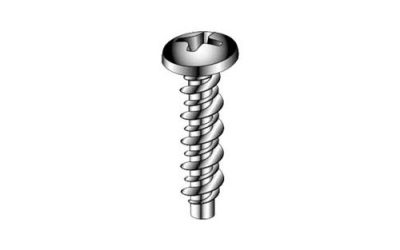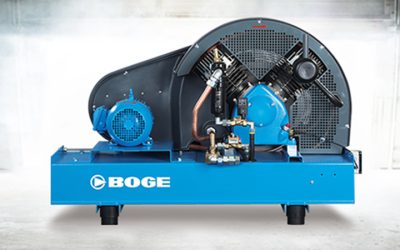A turning operation is one of the most common place machining processes. Essentially, this operation, performed on the lathe machine, is used to remove what is known as work piece material via the use of a cutting tool. This simple and effective method of removing excess material allows for the creation of numerous products. Turning is used to create rotational and axis-symmetric parts that have threads, holes, grooves, tapers and contoured surfaces.
How Does Turning Operation Work?
As previously mentioned, Turning is performed on the lathe machine. This particular machine’s general-purpose engine is essential in the basic turning machine tool. While using a lathe, it is important to have a means of holding the work while it rotates as well as a means of holding the cutting tools—this is done all while manually moving them to the work. Also, to the lathe machine itself, other equipment that is used in the turning process includes beds, head stock and tail stock. This three additional piece fit together along with the carriage and cross slide which when combined all make up the lathe machine.
Kinds of Turning Processes
There is a variety of turning operation processes. For instance, a machinist can choose from cyclic process, face turning or facing, eccentric, reaming as well as the following types of turning:
* Straight- reduces the work to a specified diameter.
* Tapper and Tapping – produces a taper along the axis of the work piece.
* Grooving and Cut-off – both very similar; a single point cutting tool moves along the side until it reaches the center of the work piece.
* Drilling and Boring – drilling into the work piece to essentially create a hole, once this is done boring is typically performed. With boring, you can perform operations like tapers, chamfers, step turning (shoulder turning) and so on.
* Threading – moves along the axis at an angle of 60 degrees. This creates threads, which are then arranged with a specific pitch and length.
Additional Benefits of Turning Operation
A variety of materials can be cut using these techniques such as alloy steels, carbon steels, stainless steels, cast iron, bronze, aluminum, brass and other kinds of steels. Depending on the type or kind of work piece your product needs will determine the cutting speed that is appropriate for the metal being used.








